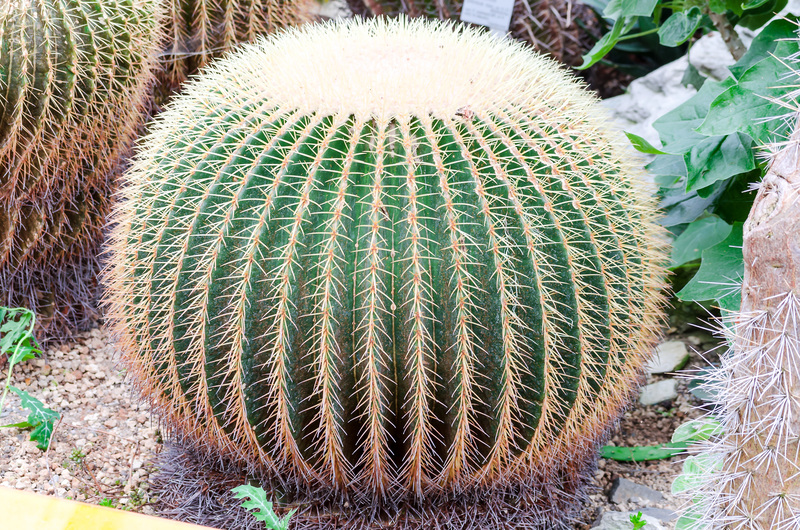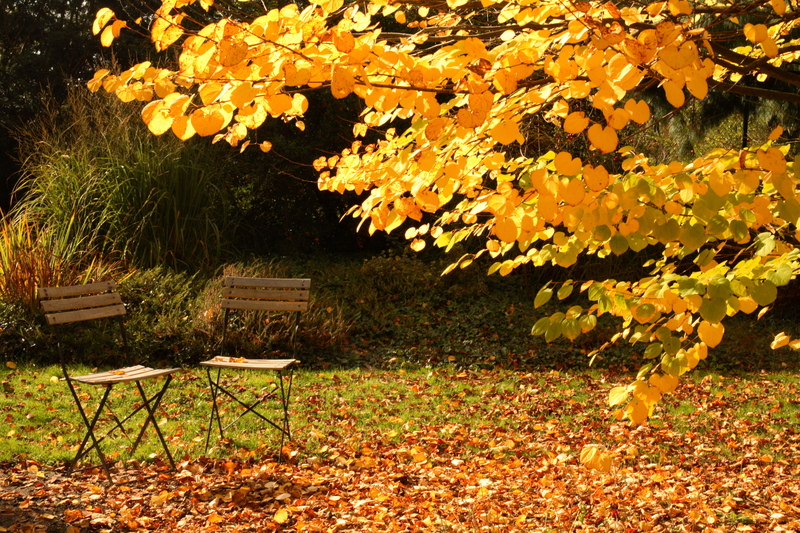Explore Lush Possibilities with Shade-Loving Climbers
Posted on 15/05/2025
Explore Lush Possibilities with Shade-Loving Climbers
Gardening in shaded areas can be a rewarding experience when done with the right plants. Shade-loving climbers offer a unique opportunity to add vertical interest and lush vegetation to spots where sunlight is limited. Whether you are looking to cover a wall, trellis, or fence, there are a plethora of shade-tolerant climbers that can thrive in the dimmest corners of your garden.
Understanding Shade-Loving Climbers
Before selecting the right climbers for your shaded area, it's important to understand what constitutes a shade-loving plant. These plants have adapted to thrive in areas that receive less than six hours of direct sunlight per day. Many originate from forest undergrowth, where tall trees offer protection from harsh sunlight.
The Benefits of Gardener's Choice: Shade-Loving Climbers
Shade-tolerant climbers not only add beauty and diversity to your garden but also serve functional purposes:
- Vertical Growth: Maximizes limited space by growing upwards.
- Privacy: Creates privacy screens and covers unsightly views.
- Eco-Friendly: Provides habitats for wildlife such as birds and insects.
- Cooling Effect: Reduces heat levels on walls and structures by providing shade.
Popular Varieties of Shade-Loving Climbers
Here are some standout climbers perfect for shaded spots in your landscape:
Ivy (Hedera helix)
Ivy is a classic choice for shady walls and trellises. With its aggressive growth and evergreen leaves, it remains an attractive option throughout the year. Known for its ability to climb almost any surface, ivy is both versatile and low-maintenance.
Climbing Hydrangea (Hydrangea anomala)
Climbing Hydrangea is a breathtaking choice for pergolas and garden walls. With its elegant white flowers blossoming in the early summer and lush foliage providing cover throughout the year, this climber enhances any shady spot with sophistication and charm.
Clematis (Clematis alpina)
Clematis offers a variety of shade-tolerant species that provide beautiful blooms and decorative vines. Known for being one of the easiest clematis to grow, Clematis alpina produces bell-shaped flowers that add a touch of whimsy to shadowy areas.
Virginia Creeper (Parthenocissus quinquefolia)
Known for its vibrant fall color, Virginia Creeper is a strong growing vine that can quickly cover large areas. This shade-loving climber adheres well to walls and offers a picturesque view as its leaves turn a brilliant red in autumn.


How to Care for Shade-Loving Climbers
Planting Tips
When planting shade-loving climbers:
- Soil Preparation: Ensure that the soil is well-draining and fertile to support strong root development.
- Right Plant, Right Place: Select climbers based on the specific level of shade in your area: partial, dappled, or full shade.
- Support Structures: Provide adequate support like trellises, arches, or mesh for the vines to climb.
Maintenance Guidelines
To keep your climbers flourishing:
- Pruning: Regularly prune to control growth and remove any dead or diseased wood.
- Watering: Water consistently during dry periods, but be cautious of overwatering especially in fully shaded areas.
- Feeding: Use a balanced fertilizer during the active growing season to promote growth and flowering.
Incorporating Shade-Loving Climbers in Design
Creative use of shade-loving climbers can transform your garden design:
- Vertical Gardens: Use climbers to create living walls, adding depth and texture to small spaces.
- Enchantment in Enclosures: Cover arbors and pergolas to create serene, shaded retreats.
- Barrier Beautification: Hide unsightly fences and boundaries with cascades of green.
Conclusion
Shade should not be seen as a limitation but as an opportunity to explore the lush possibilities that shade-loving climbers provide. With the right selection and care, you can create an enchanting, verdant world in even the gloomiest areas of your garden.
Embrace this chance to introduce year-round beauty, privacy, and vibrant life to your outdoor spaces. By selecting the ideal shade-tolerant climbers, you cultivate a garden that not only thrives in low light but also enriches your living environment with its natural splendor.



